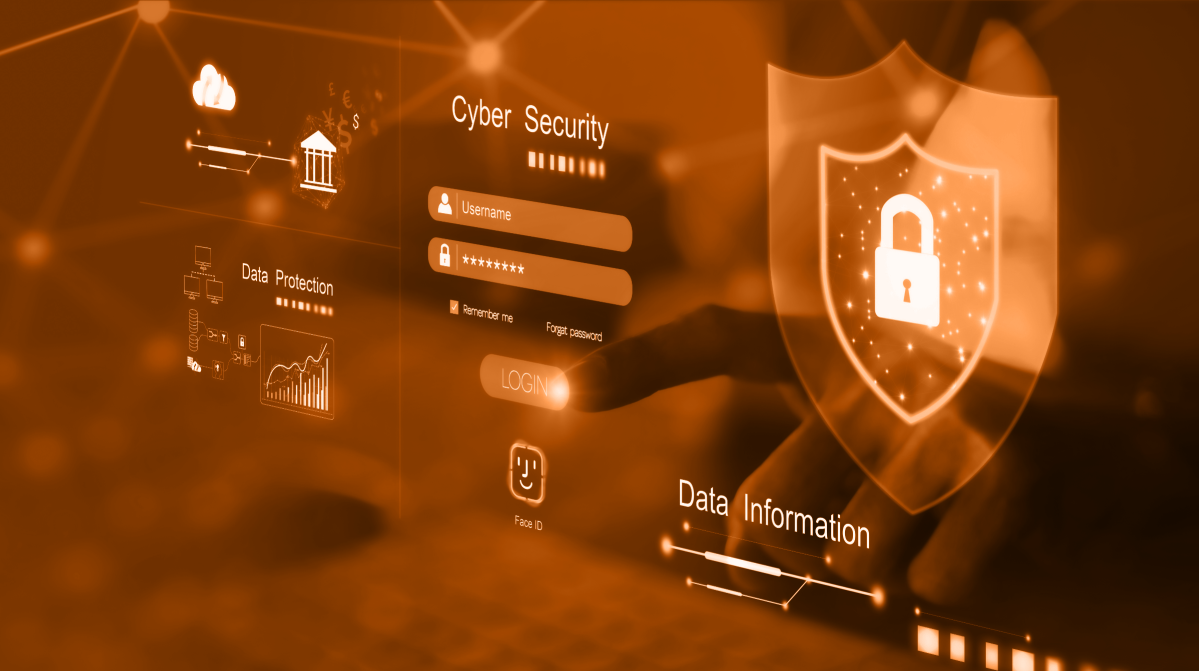
As we enter the new year, it's important to reflect on the past and prepare for the future. When it comes to cybersecurity, ransomware attacks have been on the rise in recent years, and experts predict that they'll continue to increase in frequency and severity in 2023. Here's what you can expect from ransomware attacks in the coming year and how you can protect yourself from them. So let's take a closer look at ransomware: what is it, how do these attacks work, and what can you do to defend yourself against them?
Ransomware attacks have become prevalent in recent years, causing massive financial and operational losses to businesses everywhere. Protecting our digital assets is more critical now than ever, as attackers continue to evolve their tactics and make ransomware more sophisticated. It's estimated that ransomware attacks will only continue to worsen in 2023 - making it essential for businesses to implement up-to-date cyber security measures such as regular backups and comprehensive user education. Failing to take the necessary proactive steps now could lead to a large loss of data later - so it's important for companies to prioritize their cyber security and act now.
Ransomware is a type of malicious software designed to block access to a computer system or files until a ransom is paid. It works by encrypting data on the infected device, essentially blocking its user from accessing their own data if they don't pay a fee to regain access. Whether the user pays or not, any data stored on the device may be stolen or deleted by the hackers responsible for the ransomware attack. Fortunately, there are some ways to protect yourself from ransomware attacks. Keeping your software up to date with security patches can help prevent infections, as well as limit visiting potentially dangerous websites, and avoid opening links from emails from unknown senders. Additionally, it's important to keep backups of your files so that you may not need to resort to paying ransomware demands in order to regain access. Familiarizing yourself with best cyber security practices can go a long way in keeping yourself safe from the threat of ransomware.
As the digital landscape evolves, malicious hackers continue to develop innovative means of infiltrating network connected systems systems. One of their most common methods for spreading ransomware is phishing emails. Attackers send emails that appear harmless or have attachments with malicious links embedded within them, giving hackers easy access to a computer or network when opened. Likewise, exploit kits enable criminals to locate and take advantage of security vulnerabilities in programs and applications, granting access to networks and data stores. Finally, drive-by-downloads occur when attackers hide malicious code on reputable websites, waiting for unsuspecting victims to visit the site so they can steal credentials and other sensitive information. As such, businesses and organizations alike must remain vigilant and up-to-date on the latest cybersecurity methods implemented by hackers all over the world.
Keeping yourself safe from ransomware attacks can be daunting, but with the right steps it is well within your reach. To protect yourself, make sure you're taking the proper precautions when it comes to cyber security. This includes regularly updating your software, using strong passwords, and backing up your data often. By following these measures, you'll have a better chance of keeping yourself safe from ransomware attacks and other malicious online threats. Securing a safe online experience doesn't have to be overwhelming; taking simple steps now can go a long way in protecting your digital identity.
It can be incredibly difficult to face a ransomware attack, but remaining vigilant is key in data protection. It is highly important to not panic and understand the proper steps to take after an attack has been identified. While it can be extremely tempting to try and negotiate with the attackers for data recovery, this should never be done - as this behavior could encourage similar events in the future. There are certain protocols that should always be followed if you find yourself the victim of ransomware, such as disconnecting affected computers from the network and backing up your systems prior to any attempts at data recovery or cleanup. Additionally, seek professional assistance or advice in order to ensure your data is recovered safely and quickly following an attack. Taking all necessary steps together can bring closure to these unfortunate events so that business operations can continue unfettered.
Ransomware attacks are becoming an increasingly bigger problem and companies, small businesses, and even individuals need to be aware of the danger they face. Taking precautions and following security best practices can be tremendously helpful in protecting yourself from these insidious threats. From creating a data backup strategy to patching all systems on a regular basis to implementing advanced security tools, there are many steps you can take now that can reduce your risk of becoming a victim of ransomware. It is essential to be proactive when it comes to cyber security and remain vigilant at every level; ransomware attackers rely on negligence or lack of understanding as their means for success. So stay informed about the latest trends in malware and cybercrime, take preventive measures, and stay secure.
Ransomware attacks are a serious threat that is only going to become more prevalent in the coming years. However, by taking some simple precautions, you can greatly reduce your chances of becoming a victim. Some of the most effective measures include keeping your software up to date, using strong passwords, and backing up your data regularly. If you do find yourself the victim of an attack, there are some things you should (and shouldn't) do in order to try and recover your data. By following these tips, you can help keep yourself safe from ransomware.


